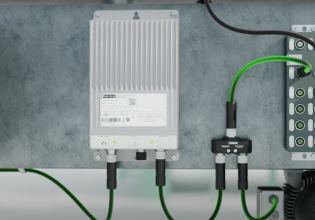C
Our device is planning to support three commands 0x03 (Read Holding Registers), 0x04 (Read Input Registers), and 0x06 (Write Holding Registers). However, I am having disagreements with my colleagues about if supporting the 0x04 command is necessary. They want to have one memory map for all parameters and only use the 0x03 and 0x06 commands. They plan to return an error if a write to a read only register is attempted. I am willing to concede as long as this doesn't violate any chances at acquiring modbus compliance.
Does anyone know if read-only registers can be implemented in the memory map supported by the 0x03 and 0x06 commands?
Thanks,
Chris
Does anyone know if read-only registers can be implemented in the memory map supported by the 0x03 and 0x06 commands?
Thanks,
Chris






